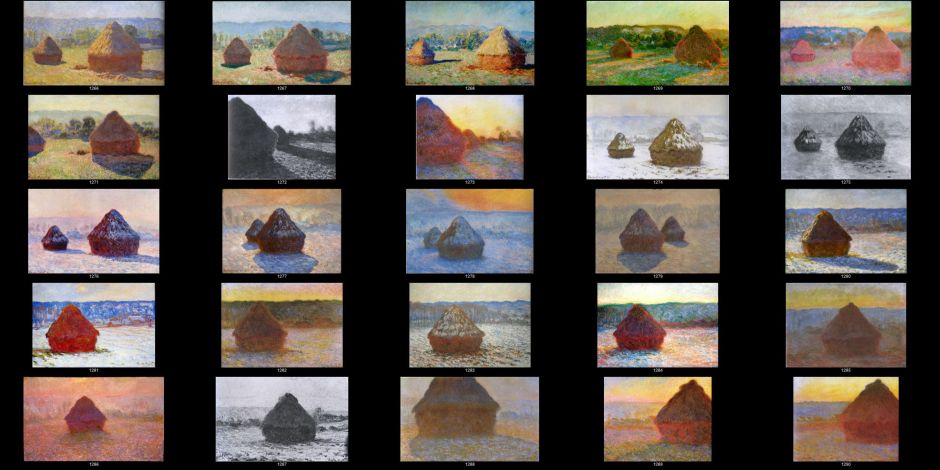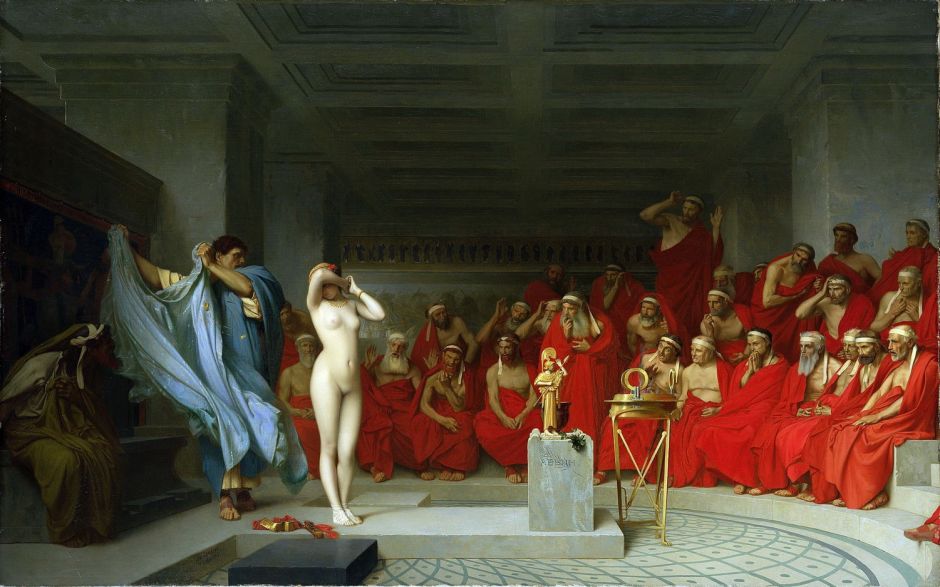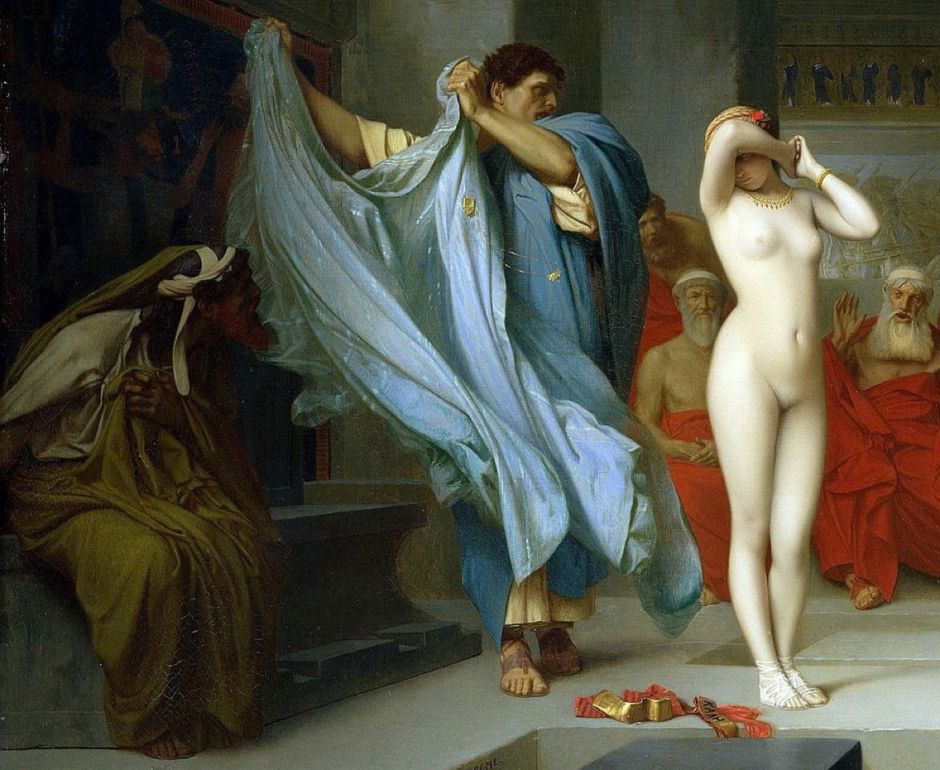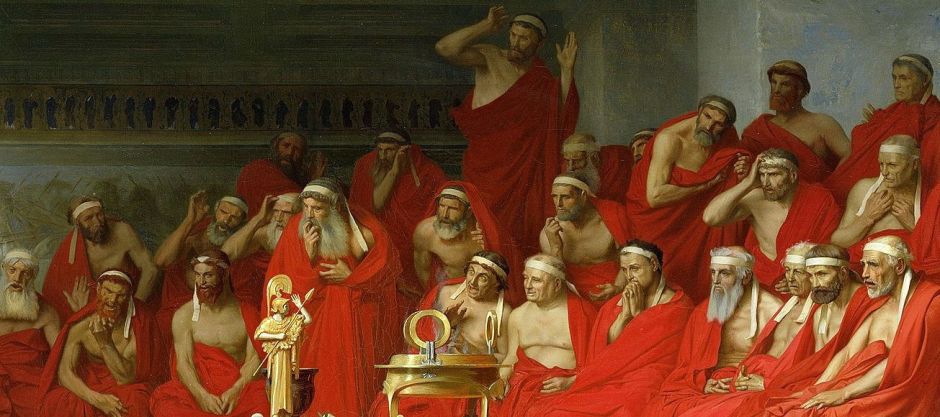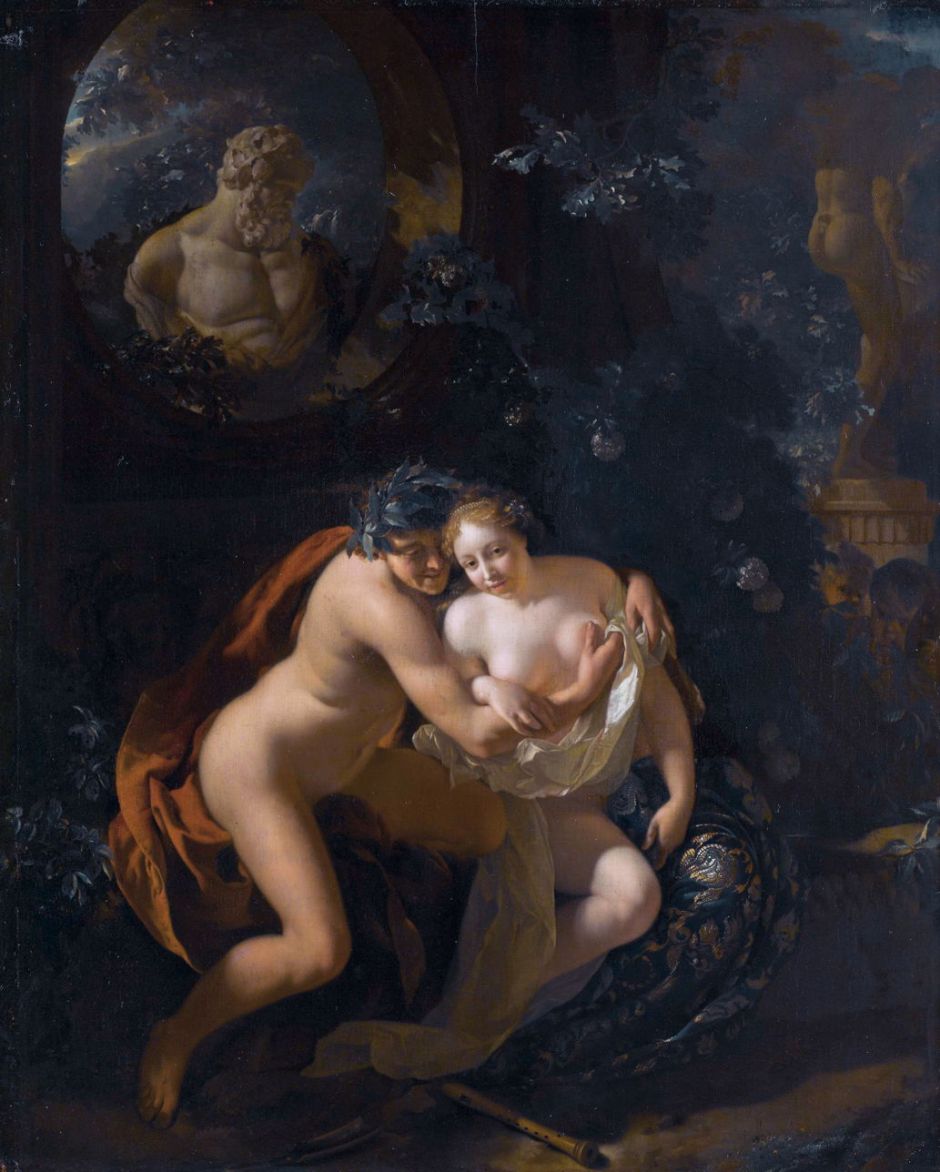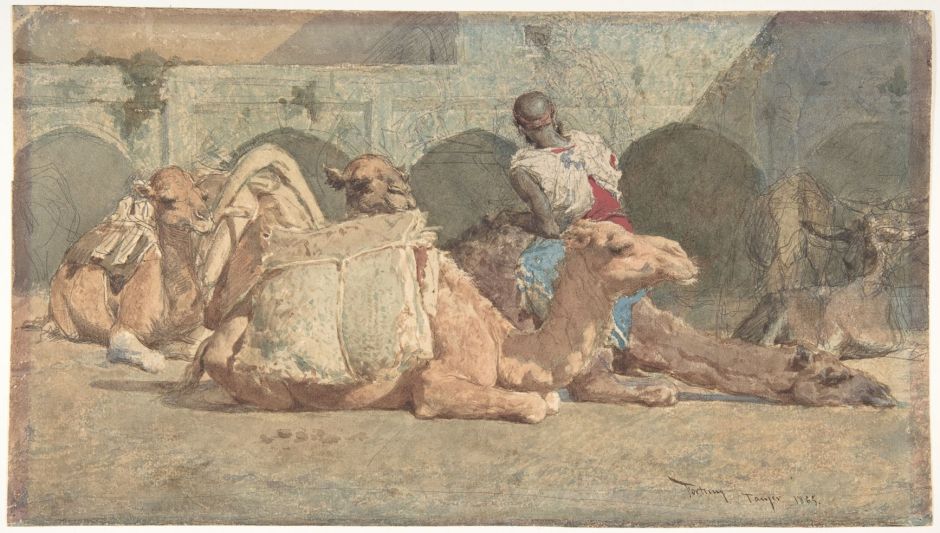Reading visual art: 166 View of the balcony
Balconies have been a significant device in painting, and in this and tomorrow’s articles I look at two groups of views using them with effect. This article looks from outside the balcony towards it, and the interior behind; tomorrow I’ll reverse that and look from balconies, typically from inside looking out at the world beyond.
These balconies are mostly platforms projecting from the upper part of a building, above ground level, normally capable of containing people, and constraining them from falling by a surrounding balustrade. They were popular features of some of the most ancient buildings in Europe, and much loved by classical civilisations.
For the visual artist they offer several opportunities, from their height above the ground affording good views or giving vertical extent, for the relationships between people on the balcony and those below, and most interestingly for their extension to the interior of a building into the exterior. Suspended in mid-air, they’re simultaneously both inside and outside, but neither.

Balconies play a significant role in several well-painted narratives, including that of David and Bathsheba, here in Jan Matsys’ painting of 1562. The action is taking place at ground level, where one of King David’s court has been sent down to express regal interest in the scantily-clad Bathsheba, to the wicked amusement of her maid. King David himself is leaning over the balustrade in the distance, elevated as his position demands, and looking down at us.

Jean-Léon Gérôme’s much later Bathsheba from 1889 may have been painted three centuries later, but bears striking compositional similarities.

Another well-known story in which a balcony plays a key role is the love of Romeo and Juliet, as told in Shakespeare’s play, in which Act 3, scene 5 is known as the Balcony Scene. Richard Dadd’s version, in his watercolour Sketch for the Passions: Love from 1853, shows Romeo ascended and about to kiss Juliet, as a rather ugly nurse behind them looks away anxiously.

Ford Madox Brown’s interpretation from 1869-70 makes this even more vertiginous, with the couple alone and squeezed into a balcony smaller than a single bed. We ascend to the heights of love, and of ecstasy.

Balconies proved popular among those allied with the Pre-Raphaelite movement, such as Philip Hermogenes Calderon, who in his Home After Victory from 1867 uses one to lend a more courtly mediaeval air to this scene of rejoicing.
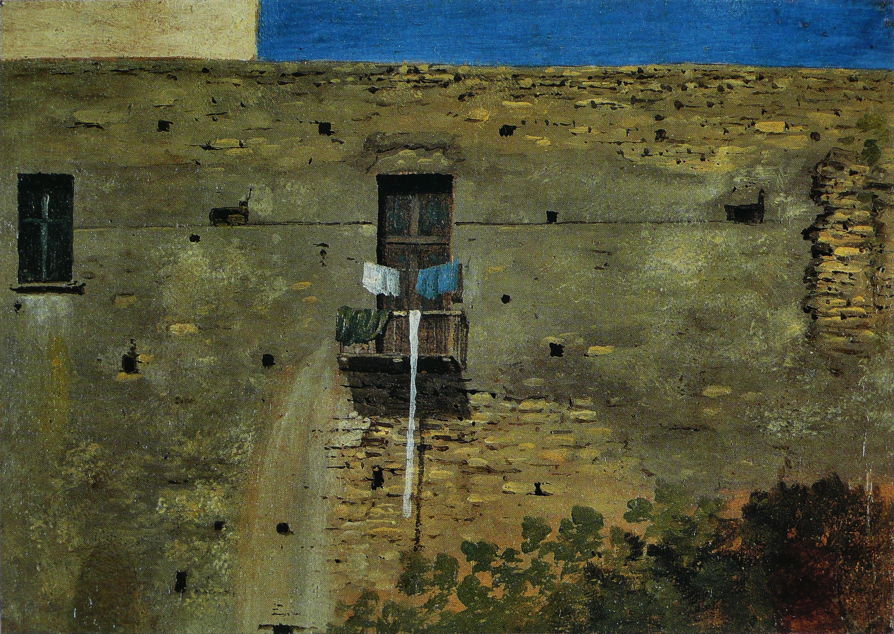
Balconies even appear in pioneer landscape painting. Possibly the smallest major painting of a balcony is that in Thomas Jones’s early plein air oil painting of A Wall in Naples, made on paper in about 1782. Not only is this painting tiny, little more than 10 x 15 cm (4 x 6 inches), but the balcony is so small that it’s really only good for hanging out the washing.

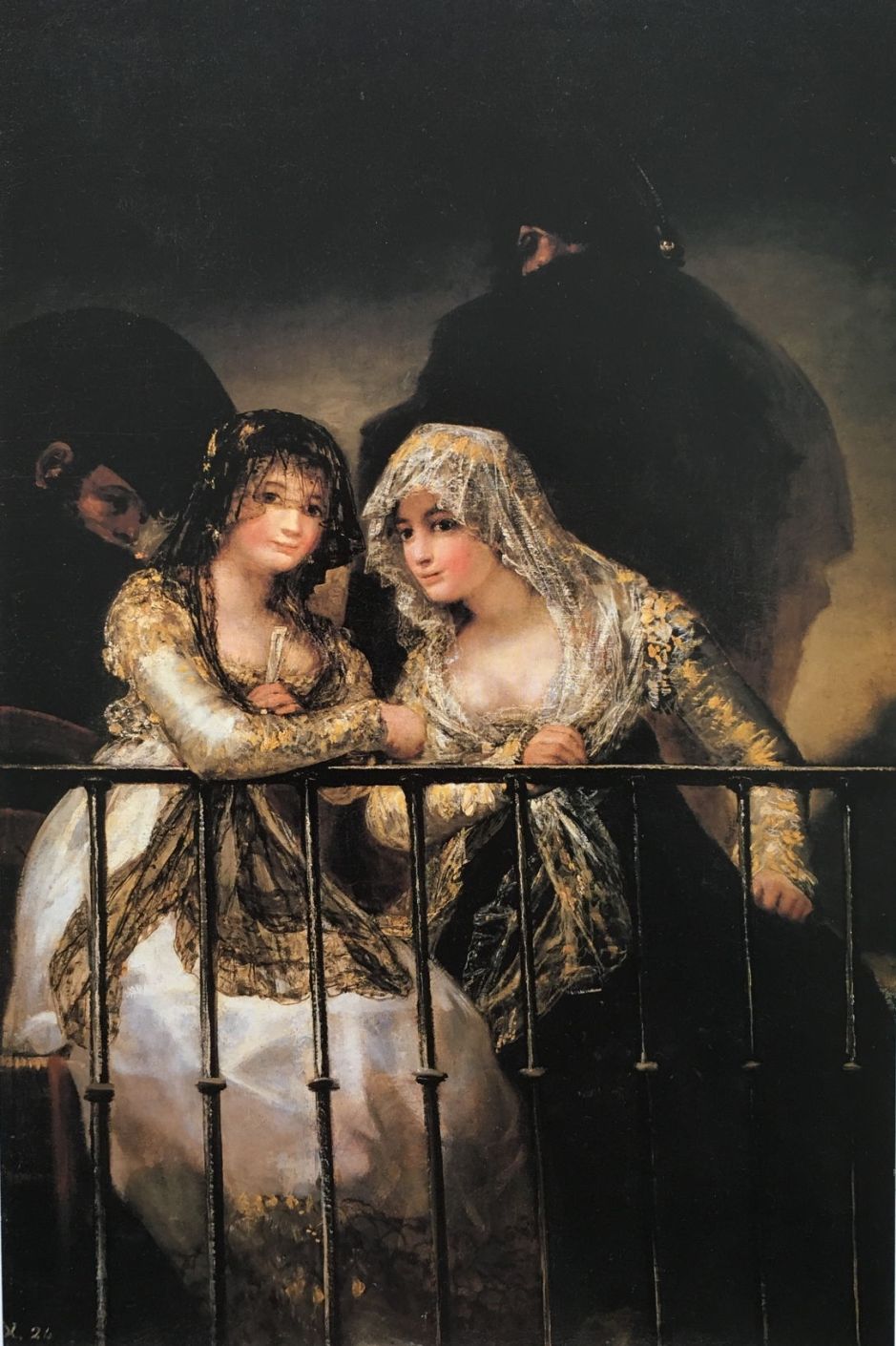
Another landmark painting of a balcony, Francisco Goya’s Majas on a Balcony, made between 1800-12, is unusual for ignoring almost all its compositional properties. These two young women are at much the same height as the viewer, and there’s no clear inside or out, just a couple of shady guys skulking behind them, and the black iron balustrade fencing them in. Majas were lower-class women in Spain, particularly its capital Madrid, who dressed in elaborate local style, here in florid mantillas, for example.

Goya apparently inspired Édouard Manet to paint The Balcony in 1868-69. Its four figures are Berthe Morisot (seated, left) who later became Manet’s sister-in-law, the painter Jean Baptiste Antoine Guillemet, Fanny Claus (standing, right, with umbrella) a violinist, and in the shadows behind Léon Leenhoff, Manet’s son. As with the painting that inspired it, this all but ignores the visual potential of the balcony.

Shortly after Manet had exhibited that to derision at the Salon, the young American Impressionist-to-be Mary Cassatt visited Spain, where she painted her more conventional take, The Flirtation – A Balcony in Seville (1872). Romeo and Juliet have been revisited, without a maja’s mantilla in sight.

It took the Valencian painter José Benlliure a trip to Italy to find his balcony, in The Carnival in Rome (1881), and exploit its potential more fully. Festooned with flowers and richly-decorated carpets, this balcony has become the carnival in miniature, its occupants dressed for the occasion. Even a pair of pigeons are joining in the revelry.

Balconies have also been places for more formal ceremonial, such as Papal and royal addresses. Jean-Jacques Scherrer uses this allusion for Charlotte Corday in Caen from 1894. It was Corday who assassinated the revolutionary Marat in his bath. Here Scherrer imagines her as heroine, greeting crowds of supporters beneath her balcony.

Around the end of the nineteenth century, the viewer became one of the riff-raff below the balcony of those richer and more famous. George Clairin’s undated Spanish Woman on Balcony looks down at us with disdain from lavish potted flowers.
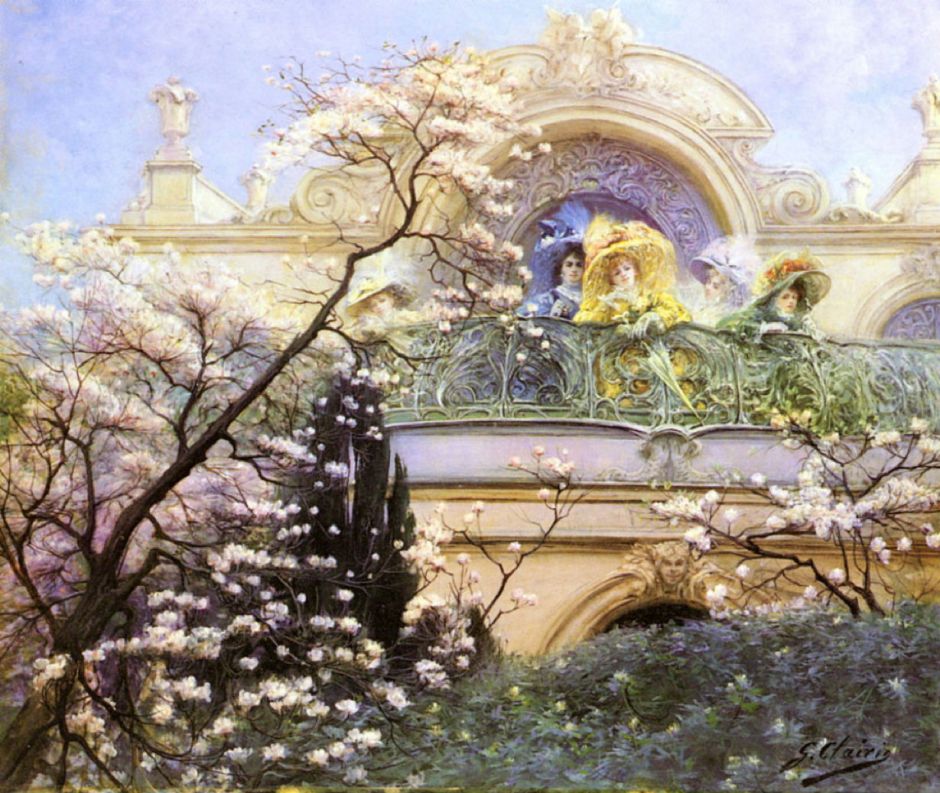
In Clairin’s On the Balcony, from around 1910, we aren’t even close to those already halfway to heaven behind their ornate art nouveau balustrade.

Pierre Bonnard’s painting of the Blue Balcony from 1910 doesn’t reveal how important balconies became to him. But in each of two homes that he made with his lifelong partner (and later wife) Marthe, seen here on the balcony of the title, Bonnard had extensive balconies added.










